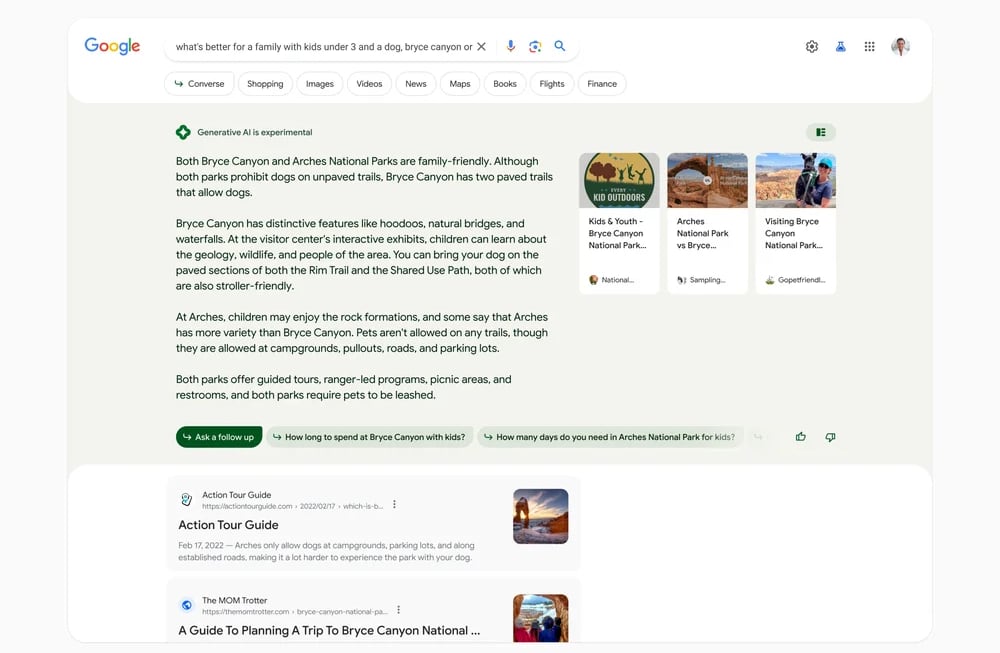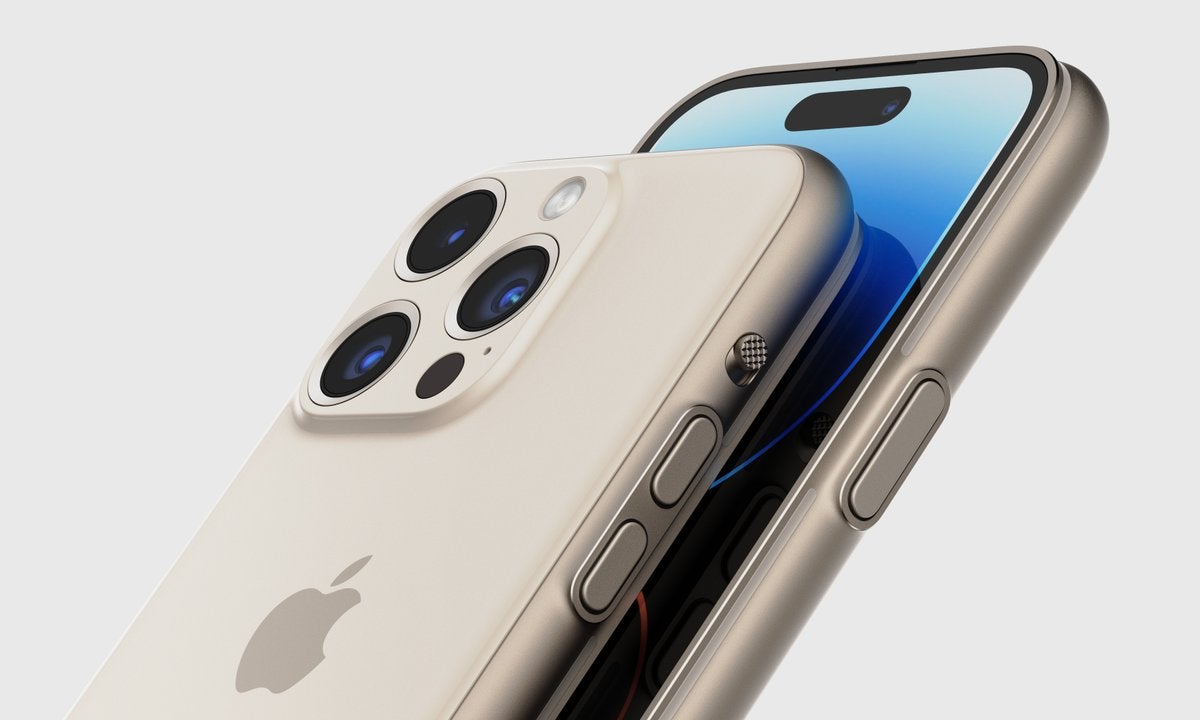Fast Charge: The Google Pixel Fold is make-or-break for the book-style form factor
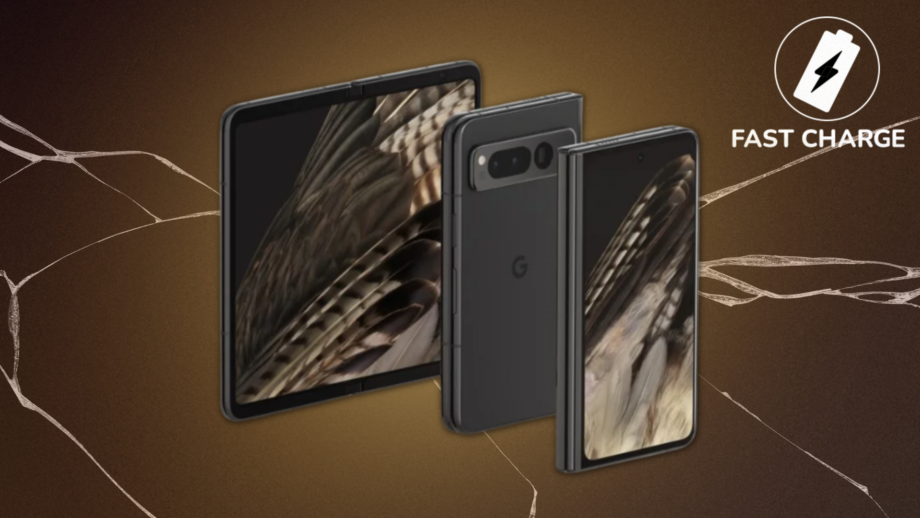
OPINION: The book-style foldable market is a tough nut to crack, not only due to expensive hardware but spotty app support, with very few popular apps designed to take advantage of the boxy aspect ratio of inner foldable displays. Samsung tried to tempt developers with the Galaxy Z Fold 4 to little avail, and if Google can’t succeed where the South Korean giant failed, the form factor might be dead in the water.
I love the idea of a book-style foldable with a traditional display on the outside and a much larger, more expensive foldable display within. The design has appealed to me since the reveal of the very first Galaxy Fold back in 2019, and the various iterations of book-style foldable since then have only solidified my adoration.
It’s not just Samsung’s foldables either; the Oppo Find N2 is a solid bit of kit with a short, squat design, I like Huawei’s interesting outer foldable design with the Mate Xs 2 and the Honor Magic Vs looks and feels like a premium foldable without the associated price tag. And it seems like I can add the Pixel Fold to the collection as the thinnest and lightest foldable around.
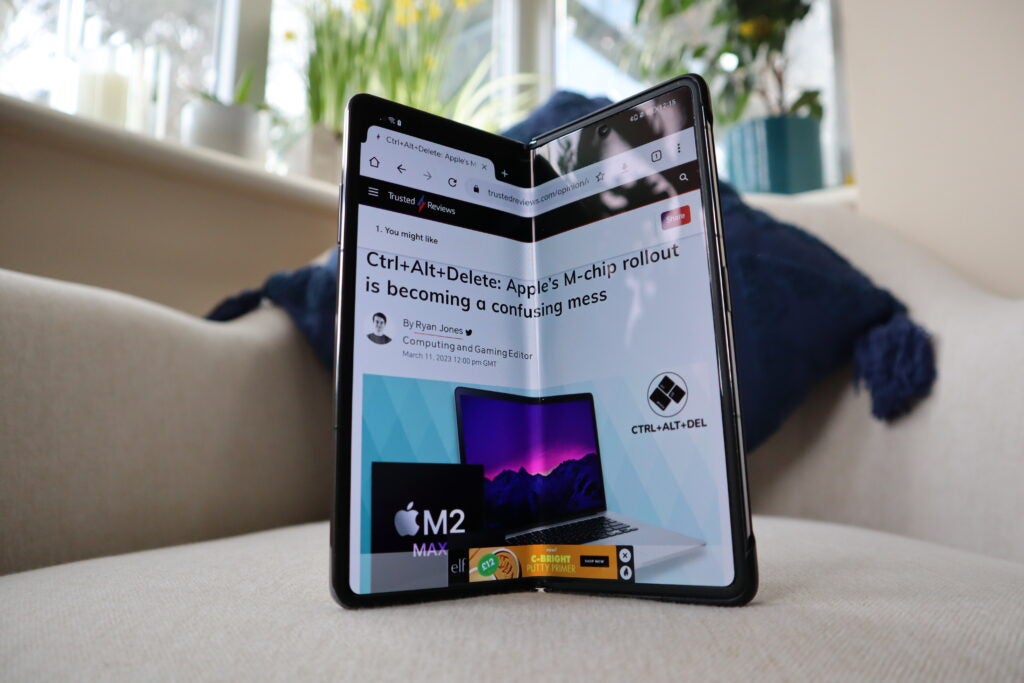
It might’ve taken a few years, but we’re finally at the point where foldables – both clamshell and book-style – are capable enough to compete with their non-foldable flagship brethren. The software though? That’s another matter altogether.
I wasn’t expecting a bespoke software experience from the off, but with the launch of Android 12L on the Samsung Galaxy Z Fold 4 I was hopeful; it not only provided a bunch of foldable-specific functionality like an iPad-esque toolbar of apps on the inner foldable display but better split-screen multitasking support. It also came with updated support for Google apps like YouTube, Gmail and Google Meet.
Samsung also claimed it had worked with third-party app developers to encourage support for the boxy aspect ratio, but even almost a year after release, we’re yet to see support from big-name apps like Instagram. What’s the point in a large foldable display if you can’t run any of your favourite apps full-screen without looking like a buggy mess?
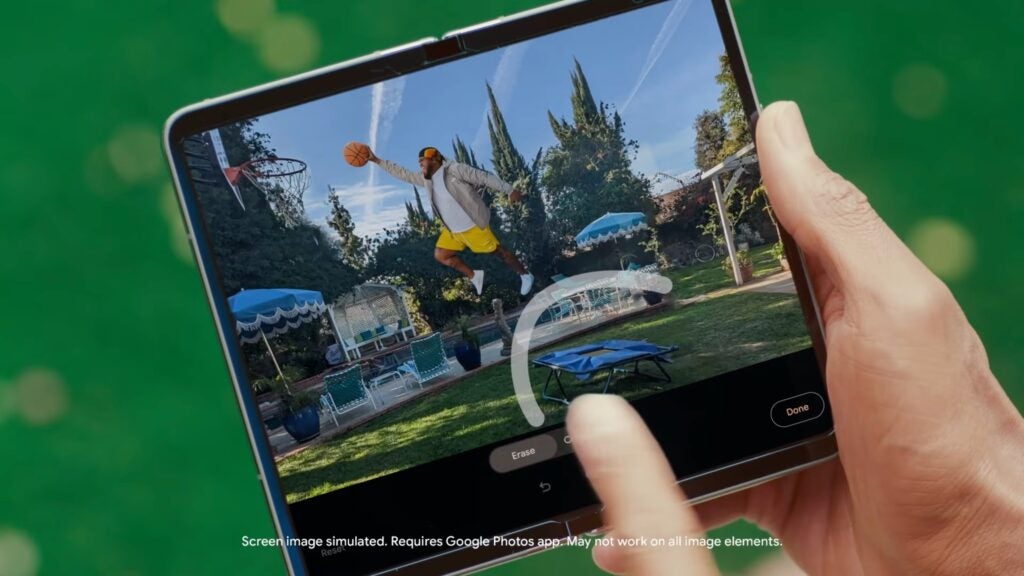
It’s for this reason that I’ve gravitated more towards clamshell foldables in the past few months, with the Oppo Find N2 Flip being my top pick of the bunch right now. The inner foldable display of clamshells resembles that of standard candybar smartphones, so all the apps you use are ready to go from day one.
The announcement of the Pixel Fold and Android 14 may change that; a last chance for book-style foldables with the might of Google behind it, if you will.
First off, Android 14 continues the work of Android 12L in bringing better support for foldables, and more specifically, Google claims that it should be much easier for developers to integrate support for boxy aspect ratios. That’s great not only for foldables but the Android tablet renaissance in 2023.
With these tools at hand, Google is pushing developers of apps like Spotify and Disney+ to add support for foldables within their apps. If anyone can do what Samsung has failed to do up until this point, it’s the company that literally makes the Android operating system the phones run on.
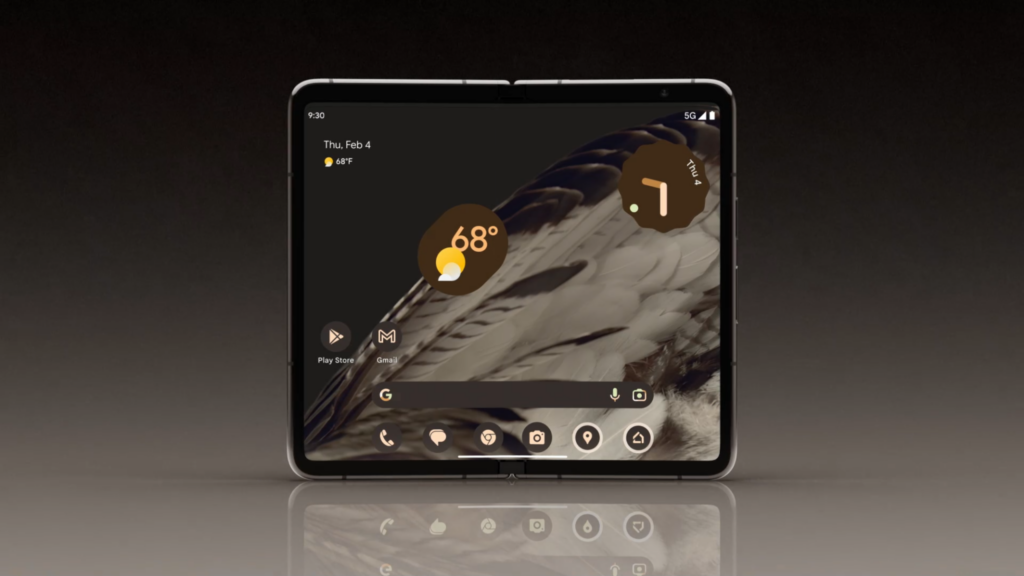
But what if not even mighty Google can get developers to support foldable form factors? It is still a niche within the wider smartphone market after all, accounting for just 1% of global sales in 2022, and it’s not exactly easy to redesign an app to work with a whole new form factor.
If Google can’t turn things around and get support from some of the big hitters on Android, the form factor may well be dead in the water – especially with the eye-watering price tag these foldables tend to come with. Who wants to pay double the price of an already-expensive flagship when there’s a risk that your favourite apps may not work on the big foldable display? Not me, that’s for sure.



